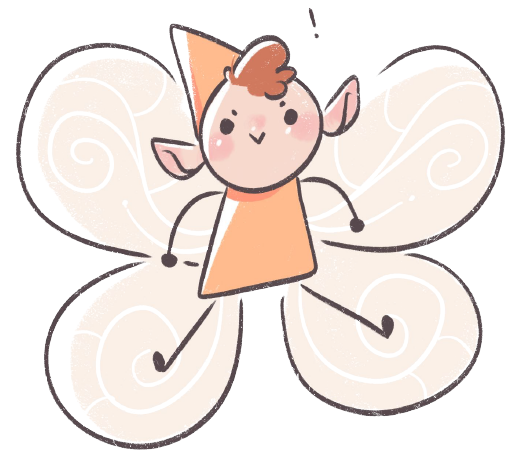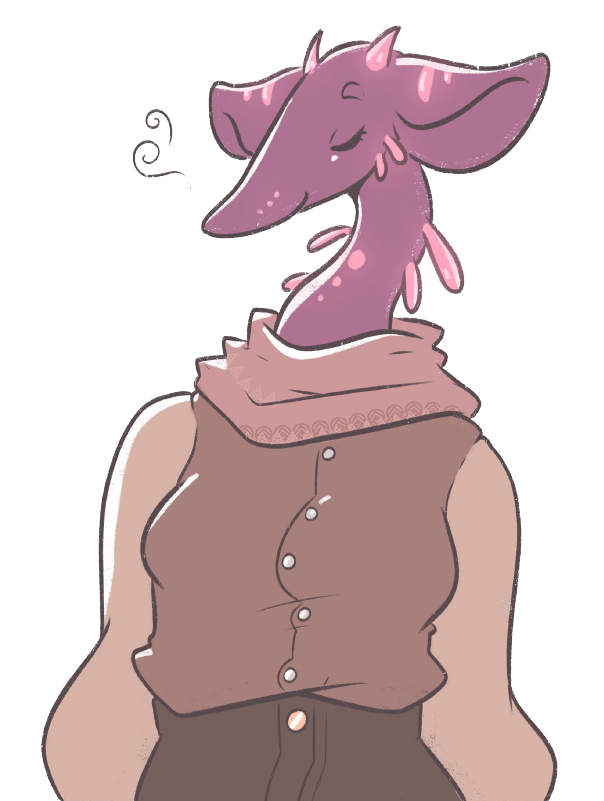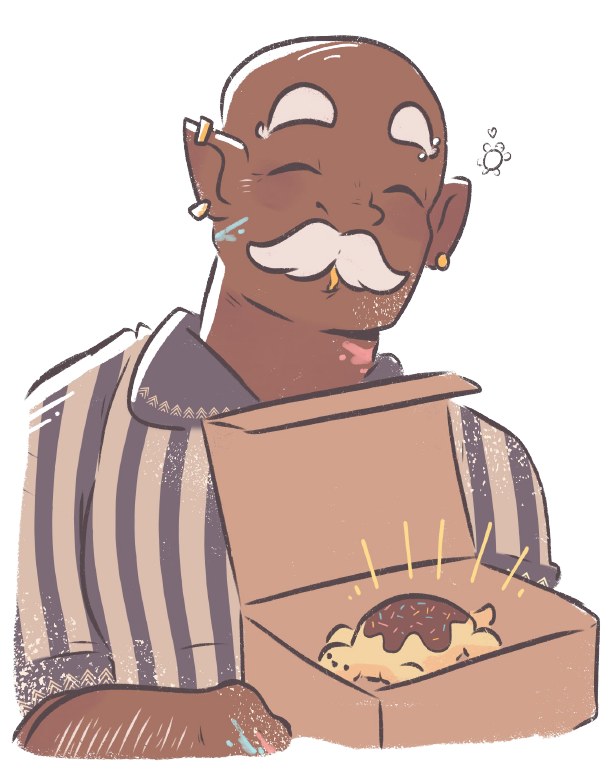Review of Princess Guard, a TTRPG for every princess!
Note: This post may contain affiliate links. At no additional cost to you, I may earn a small commission from purchases made using them. TTRPGkids uses this to keep the site going. Read full disclosure here.
Jump to:
Princess Guard is a TTRPG for princesses ages 6+
Princess Guard is both a system and a set of premade adventures that are targeted for ages 6+, and I’d say that’s a good range to aim for, with possible exceptions made for younger kids, given a little help with character sheets.

The system only requires counting and adding up to nine, and the character sheets consist of a few stats and words to track. With my 4yo, I helped him with reading and remembering some of the stats on his character sheet, but he was otherwise able to do the rest on his own.
The stories that come with the game are all kid-friendly and give a variety of options to choose from for encounters ranging from social or exploration challenges to combat encounters, chase scenes, and more. The subjects of the stories were all great for my kid, and we played through a couple with no problems.
Princess Guard is set in a land of floating islands, magic, and adventure!
Princess Guard takes place between multiple realms that are on floating islands of various sizes and biome types that are home to spirits and people who live on these lands. Magic is common and flows from all living things, and pocket dimensions are known to pop open and lead to interesting and new places to explore.
Lands can be generated as homebrew settings that you make on your own or from the tables provided in the game. The premade adventures allow you freedom to drop them into almost any world you create within the Floating Islands of Orthavia, so, whatever realm your princess watches over, there’s plenty of room to fit in your quest.
The NPCs that come with the premade settings and missions are varied, creative, and fun in their personalities and backgrounds with missions in this land ranging from helping the baker discover the cause of missing sweets to tracking down a disgruntled fairy to get the town crier’s voice back to fighting off a group to toll bridge bullies. The stories are free enough to allow you to set it on any island you want while having enough structure and ideas to still leave you with a frame to build from and not have to come up with EVERYTHING on your own.
Your character in Princess Guard
Making your character in Princess Guard is pretty straightforward and doesn’t require a ton to track. You list your name and pronouns, name your horse (a good princess needs to have a horse), roll for a spirit companion, pick a couple pieces of gear, and then pick three stats. These stats are verbs that come from a list of “strong” words, “smart” words, and “sassy” words, and they’re what your princess can use to give bonuses to rolls.

For the character that my kid and I made, our princess looked something like this:
- Name: Checkers (he/him)
- Horse: Speckle (she/her)
- Spirit companion: Salamander, Chester (she/her)
- Strong verb: zap (with magic)
- Smart verb: fix
- Sassy verb: trick
- Gear: glitter bombs and a wand
While playing, this list of traits and details was pretty easy for my kid to track. He wasn’t overloaded with trying to remember too many stats, but he had enough information about his character to be able to imagine who they were and get creative with his abilities.
Dice and check marks, energy, and missions in Princess Guard
1d6 and check marks to make your rolls
This game uses 1d6 (one six sided die) for all the rolls, so there’s only one die that you and your players need to track for the whole game.

When it’s time to roll for a challenge, you roll the 1d6 and add the number of check marks that you’ve earned for the verbs on your character sheet (see character section for details) to get your total and then compare it to the pass/fail conditions. At the start of the game, you get one check mark per verb and then you earn more check marks if you ever fail a roll (so you learn from your mistakes to get better)!
When you compare to the pass/fail results, you could either get a fail, a success, or a success + that all drive the story forward.
I really liked that there was only die to use and that, instead of numbers, increasing modifiers were tracked with check marks. This made the math REALLY easy for my kid! He would roll the d6 and then count the number of check marks on his fingers to be able to add them.
I also really liked the fail forward mechanic where you gain more check marks (or sometimes additional verbs) from failures, making them more interesting and emphasizing that there’s learning from failure while letting characters level up without having to track XP.
Group energy pools
In addition to the dice outcomes determining success and failure, they also push and pull on the group’s energy pool. The group starts with an energy pool depending on the number of verbs/stats on all the player’s character sheets. On failures, energy is taken away, and big successes can increase the energy. At zero, the adventure ends (sometimes before the big finale) as a way to have stakes for the game.
This is a cool way of having group “health” and making sure that everyone is watching and working together from the start. It’s clearly collaborative, and you don’t end up with one character going down and not being able to participate because they lost all their health.
Missions
Missions are structured with a start, five story point middle, and end to help give an outline of what to plan for and make reasonable goals given the group energy pool and types of rolls needed. The game is set up for you to make your own missions with this structure and has 12 premade stories that also use it to give some great examples for what to create.

What did my kid think about Princess Guard?
My kid (4yo) told me (paraphrased a bit for clarity):
I liked getting to zap things! And I got to do the dice by myself!
The fairy was fun and we stopped the goblins, and we got to find the cookies for the shop too.
He really liked the powers he got for his princess, and was confident about being able to do the dice all on his own! We also played a couple of the adventures, the ones with Peridot the fairy and Oswyn the baker, and he had a good time playing them and remembered them by the end!
Overall thoughts on Princess Guard
Princess Guard was a fun game with interesting premade adventures that were specifically geared at kids. The mechanics were easy to pick up and stick with, and it had just the right amount of structure and freedom to be creative without having to do everything from scratch. My kid was able to play mostly on his own, even though he was a couple years under the age recommendation, and we had a great game together!
Find a copy of Princess Guard

You can find a copy of Princess Guard through the Amalara Game Studios website AND you get a 10% discount if you use the special TTRPGkids link provided here: amalara.com/TTRPGKIDS and use code TTRPGKIDS at checkout!
If you liked this post, make sure to subscribe to the TTRPGkids monthly newsletter to stay up to date on the latest reviews, tips and tricks, game and podcast list updates, and more! Thank you for playing tabletop RPGs with your kids and sharing this awesome hobby with the next generation!



3 thoughts on “Review of Princess Guard, a TTRPG for every princess!”